Global Conference Calls On The United Nations To Accelerate Its Prison Reform Movement

Transcription
https://cpcjalliance.org/global-conference-calls-on-the-united-nations-to-accelerate-its-prison-reform-movement/
FOR IMMEDIATE RELEASE
Global Conference calls on the United Nations to Accelerate its Prison Reform Movement
For more information, contact Charlie Sullivan, president of International C.U.R.E at alanpogue@mac.com
The members of the 8th International Conference on Human Rights & Prison Reform Held in May 21-25 in Kigali, Rwanda declare:
WHEREAS the Rwanda experience is one of profound restorative justice and reconciliation in response to the genocide of 1994;
WHEREAS the Preamble of the African (Banjul) Charter on Human and Peoples' Rights, identifies the process of restorative justice as reflected in the "virtues of their historical tradition and the values of African civilization";
WHEREAS mass incarceration has become a global pandemic;
BE IT RESOLVED
that we affirm the UN declaration of Basic Principles of the use of Restorative Justice in Criminal Matters (2002) and recommend that retributive justice policies be abolished immediately;
that we recommend that the UN strongly encourage member states to implement the Mandela Rules;
We further recommend that:
(1) Incarceration should only be used as a last resort.
(2) Member states abolish the use of the death penalty and life without parole immediately throughout the world.
(3) Member states abolish the use of "virtual life without parole" which only considers the crime and not the rehabilitative record of the person during his or her incarceration.
(4) Member States abolish long sentences, especially for young adults.
(5) Member States abolish trying juveniles in adult courts.
(6) Member States abolish the use of incarceration for noncriminal behaviors.
Finally, we strongly recommend that this theme of restorative justice permeate the upcoming Crime Commission schedule for Kyoto, Japan, in April 2020.
*List of countries participating
Burundi, Brazil, Canada, Democratic Republic of Congo, Denmark, Hong Kong, Ivory Coast, Japan, Kenya, Malawi, Nigeria, Poland, Rwanda, Sweden, Trinidad & Tobago, Uganda, United States of America, Zambia
See attached photograph, by Alan Pogue, of the participants:
[photo]
====
https://storage.googleapis.com/vera-web-assets/inline-downloads/iob-poll-results-summary.pdf
GREENBERG QUINLAN ROSNER RESEARCH
The Evolving Landscape of Crime and Incarceration
To: Interested Parties
From: Greenberg Quinlan Rosner Research
Serious doubts about our system of mass incarceration emerge in a nationally representative survey, even in more politically conservative, rural parts of the country. Indeed, in an era of broad speculation about a growing urban-rural divide, there is general consensus between rural America, small cities and major metropolitan areas that our system of criminal justice is not working and communities should focus on priorities other than spending millions on prisons and jails.
A 40 percent plurality believe incarceration rates in their communities are too high, and a 66 percent majority would describe themselves as “concerned” if they learned incarceration rates in their community were higher than in similar communities. In rural communities, a 60 percent majority would be concerned.
Part of this movement against mass incarceration reflects competing priorities for public investment. Building prisons and jails ranks as the lowest priority when compared to investments in schools, infrastructure and health care. And a 62 percent majority agrees that building more prisons and jails is not an effective means to improve the quality of life in their community. This consensus emerges amid doubts about the equity of local criminal justice systems and their ability to fairly mete out justice—particularly to people of color or low income people. But more broadly, Americans fundamentally believe our current criminal justice system is not living up to its promise of producing safer communities. A 67 percent majority agree, “building more jails and prisons to keep more people in jail does not reduce crime,” including 61
percent of rural Americans.
This memorandum summarizes the results of a national survey of 2,000 American adults taken from February 27-March 5, 2018. This survey focused heavily on rural areas, where incarceration rates tend to be much higher than in the nation’s major urban areas. In order to build a robust sample of rural residents, this survey included 1,000 interviews in counties designated as rural. Sample for this survey came from three separate files from TargetSmart corresponding to three lists of counties classified as “Rural”, “Small and Mid-sized Metros”, and “Large Metro” with 50 percent coming from the rural list and 25 percent each from the latter two. This sample was of the general population over 18 years of age with 50% of the records being for cell phones and 50% for landline phones. During processing, the sample was clustered according to race, age, gender, and region.
These results have been weighted back to reflect their proper proportions and weighted demographically as well, based on current census findings. The overall margin of error for this survey is +/- 2.19 percentage points and the margin of error in rural America is +/- 3.10 percentage points.
Figure 2: Quality of life priorities
Providing more jobs and job training
Total Effective: 92
Rural: 91
Investing more in schools and youth programs
Total Effective: 91
Rural: 88
Building and improving roads and infrastructure
Total Effective: 88
Rural 87
(SPLIT) Strengthening community-based mental health treatment
Total Effective: 87
Rural: 86
(SPLIT) Strengthening community-based drug and alcohol treatment
Total Effective: 85
Rural: 83
Creating and maintaining parks and green space
Total Effective: 83
Rural: 74
Investing in community-based programs for violence reduction
Total Effective: 81
Rural: 78
Reducing racism and bias
Total Effective: 77
Rural: 72
Investing in arts and culture
Total Effective: 76
Rural: 63
Building more prisons and jails
Total Effective: 35
Rural: 46
Many doubts about the criminal justice system
Nearly half (49 percent) believe, “Too many people are in jail for the wrong reasons,” which represents a fairly stunning indictment of our local justice systems. Doubts about the criminal justice system are articulated most vividly in terms of race and class. A 47 percent plurality disagree with the statement, “Local judges are fair to all people, regardless of background,” including 63 percent of African Americans. A 55 percent majority of all respondents agree with the statement, “Our justice system discriminates against poor people.” This rises to 76 percent of (self-ascribed) “lower class” people and 84 percent of African Americans surveyed.
But more fundamentally, the country has concluded that what we are doing, the system of locking a lot of people up in prisons and jails, is not working. The public does not believe that putting more people in jail reduces crime, including people in rural parts of the country.
Figure 3: Building jails and prisons does not reduce crime
Statement 1
Building more jails and prisons to keep more people in jail reduces crime
Total Effective
Yea: 28
Nay: 67
Statement 2
Building more jails and prisons to keep more people in jail does not reduce crime.
Rural
Yea: 32
Nay: 61
Reassessing mass incarceration
As a result of these complementary trends in thinking, the public is beginning to turn on mass incarceration, particularly in their community. A 40 percent plurality believe up front that the level of incarceration is too high in their communities, and just 9 percent believe we should be putting more people in jails and prisons. But an impressive 66 percent would be concerned—52 percent very concerned—if they learned that their community has a higher rate of incarceration than similar communities in their state. A 60 percent majority of rural residents concur and 45 percent of rural residents would be very concerned if they learned their communities had higher rates of incarceration than other communities.
Moreover, the public rewards candidates for public office who advocate for their desire for a different path. This survey asked reactions to a hypothetical candidate with the following views:
"Brad Johnson says our county has one of the highest incarceration rates in the state, and that our rate is much higher than the national average. Rather than burdening taxpayers with the cost of unnecessary incarceration, Mr. Johnson wants to invest in treatment options for people suffering from addiction, and create educational and economic opportunities."
A 71 percent majority find this candidate appealing, including 68 percent of rural residents.
Conclusion
For decades, this country spent billions on a system that led to one of the highest incarceration rates in the world without seeing the promised result in reduced crime. More and more Americans are waking up to these facts, seeking policy alternatives and better investments of their money than in prisons and jails.
====
Printed charts that were found here:
Mississippi profile | Prison Policy Initiative
https://www.prisonpolicy.org/profiles/MS.html
[Text data from these charts will be transcribed here. Sources can be found in above website link.]
Pie chart #1:
How many people are locked up in Mississippi and where?
26,000 people in Mississippi are locked up in various kinds of facilities
State Prisons: 19,000
Local Jails: 4,800
Federal Prisons: 1,700
Youth: 240
Indian Country: 50
----
Line graph #1:
Rates of imprisonment have grown dramatically in the last 40 years
Mississippi's prison and jail incarceration rates
Number of people incarcerated in state prisons and local jails per 100,000 people, 1978-2015
More than half of the people held in jails in Mississippi are held for federal or state agencies, primarily the state prison system.To avoid counting them twice, this population is not included in the yellow jails line. For annual counts of people in jails held for federal or state authorizes in Mississippi, see our table "Jail and prison incarcerated populations by state over time."
Also see these Mississippi graphs:
*total numbers rather than rates
*Women's prisons: Incarceration Rates | Total Population
*Men's prisons: Incarceration Rates | Total Population
----
Line graph #2:
Mississippi's pre-trial population has more than tripled since 1978
Number of people incarcerated in local jails by conviction status, 1978-2013
Jail populations were adjusted to remove people being held for federal and state authorities. Our Bureau of Justice Statistics data sources are described at www.prisonpolicy.org/reports/jailsovertime.html#methodology
This graph excludes people held for state or federal authorities from the total count of people held in Mississippi jails. Because a tremendous proportion (48%) of the population in Mississippi’s jails is held for the state prison system, this graph likely overstates the convicted population and understates the pre-trial population.
----
Bar Graph:
People of color are overrepresented in prisons and jails
Mississippi Incarceration Rates by Race/Ethnicity, 2010
White: 600
Hispanic: 4,869
Black: 1,788
American Indian/Alaska Native: 1,031
Source: Calculated from U.S. Census 2010 Summary File 1. Incarceration populations are all types of correctional facilities in a state, including federal and state prisons, local jails, halfway houses, etc. Statistics for Whites are for non-Hispanic whites.
----
Line Graph #2:
Racial and ethnic disparities in prison and jails in Mississippi
Whites are underpresented in the incarcerated population while Blacks and Latinos are overrepresented.
State population
Black: 37%
White: 58%
Latino: 3%
Native: 1%
Prison/Jail population
Black: 57%
White: 30%
Latino: 12%
Native: 1%
Compiled from 2010 Census, Summary File 1.
See also our detailed graphs about Whites, Hispanics, and Blacks in Mississippi prisons and jails.
The relatively high proportion of Hispanics incarcerated in Mississippi is due largely to the Adams County Correctional Center, a Corrections Corporation of American facility that contracts with the Federal Bureau of Prisons to hold immigration detainees.
----
Pie chart #2:
How many people are in Mississippi's criminal justice system?
69,000 people are behind bars or under criminal justice supervision
Probation: 34,000
State Prisons: 19,800
Parole: 9,500
Local Jails: 4,800
Youth: 240
Sources and data notes: See http://www.prisonpolicy.org/reports/50statepie.html
----
Our other articles about Mississippi
*Despite court stay, Mississippi sets new phone rates in accordance with FCC order by Alison Walsh, March 23, 2016
*From the Prison Gerrymandering Blog: Mississippi Attorney General: Census should change prison count, by Peter Wagner, November 12, 2009
*How does the Mississippi incarceration rate measure up in the global context?
Other resources
*Research on Mississippi in our Research Clearinghouse
Other posts by this author
|
2023 may 31

|
2023 mar 20

|
2022 aug 23

|
2022 aug 23

|
2022 aug 23

|
2022 aug 23

|
More... |
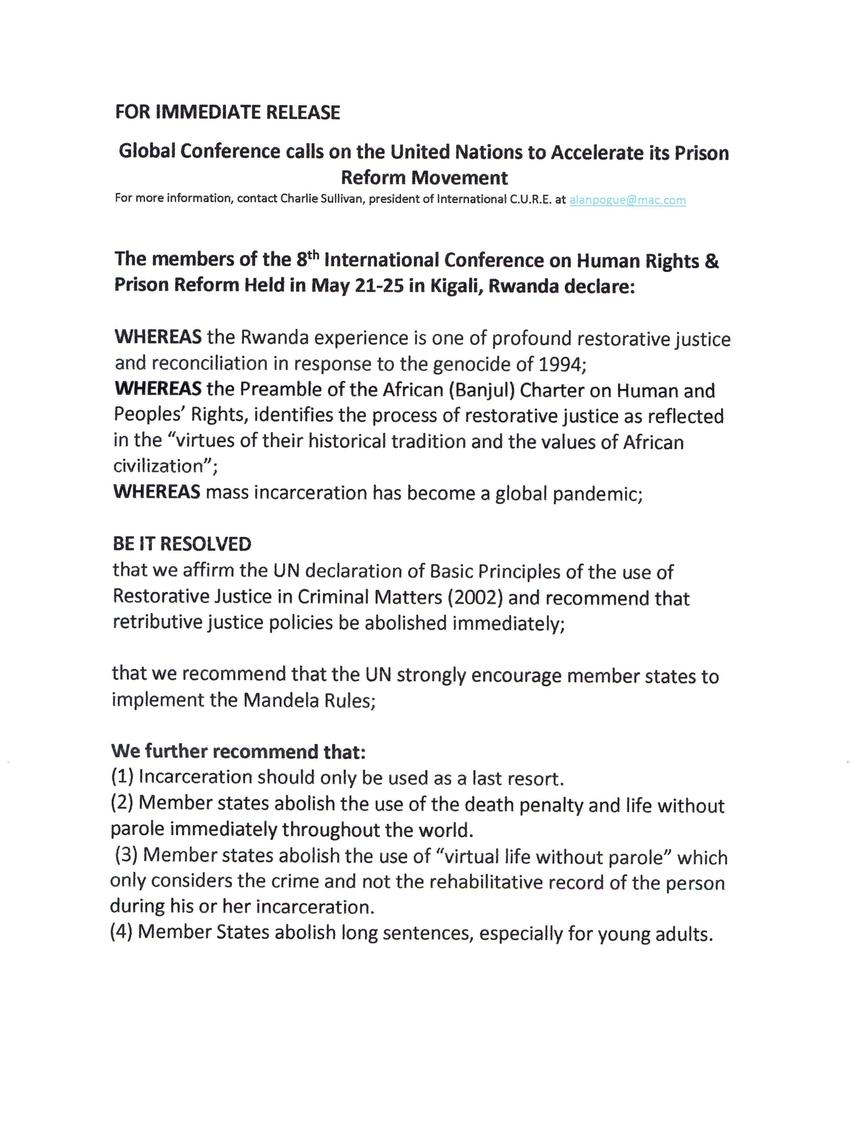
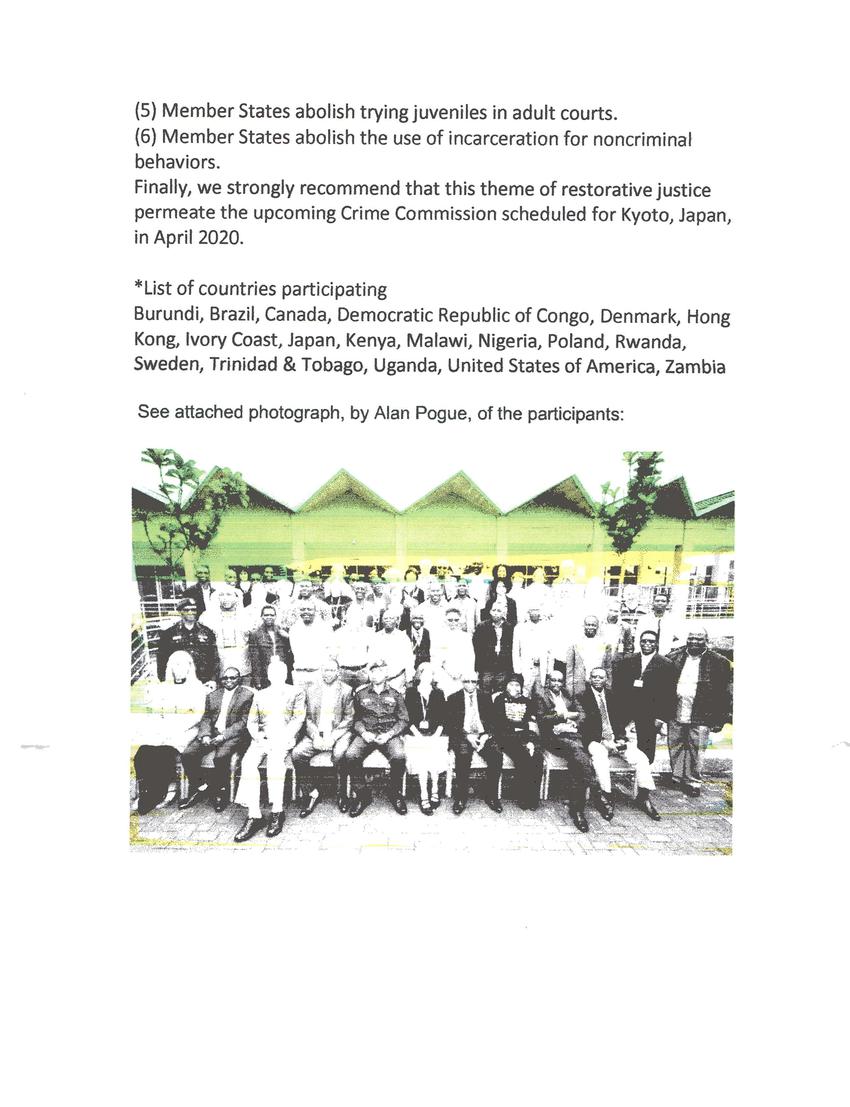
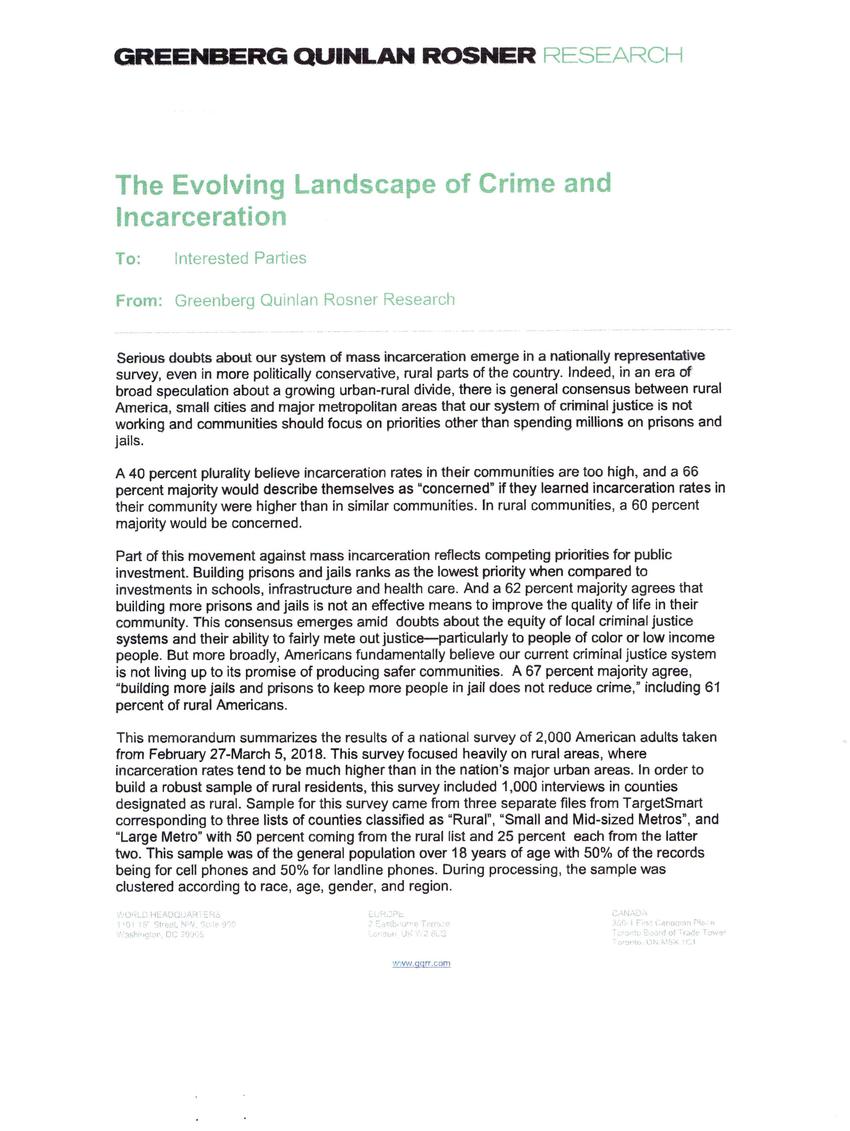
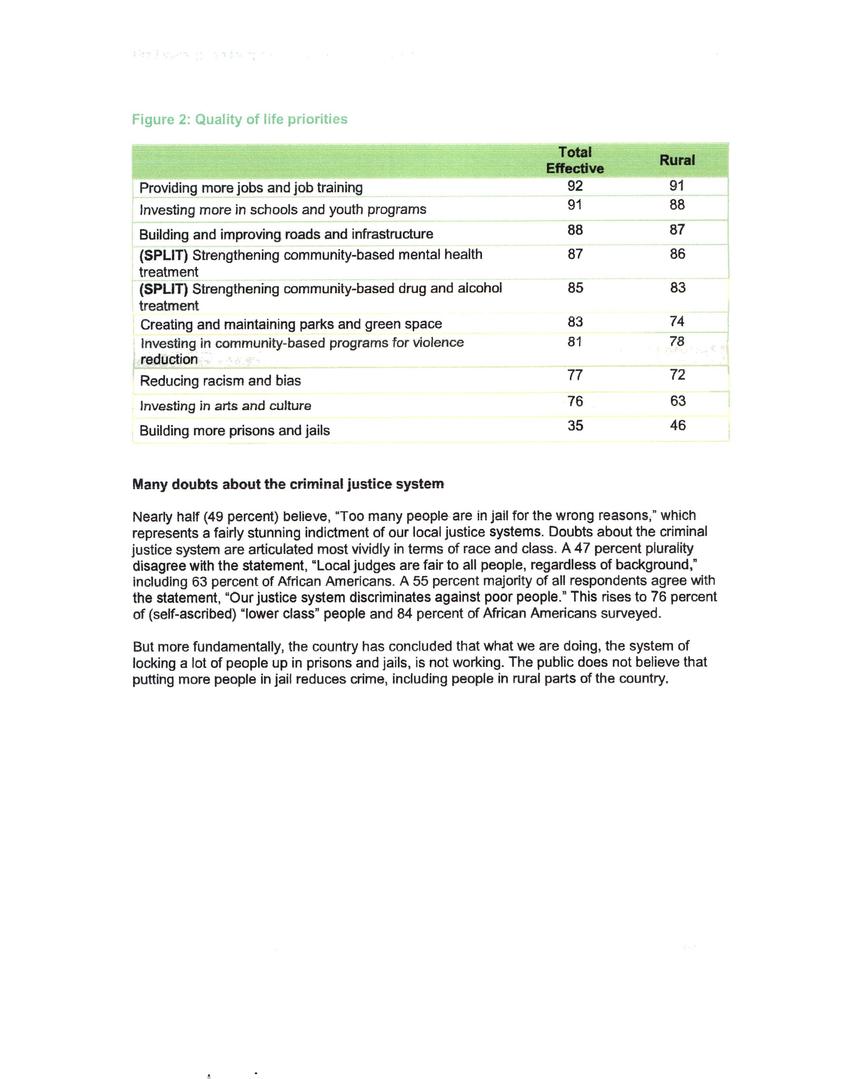
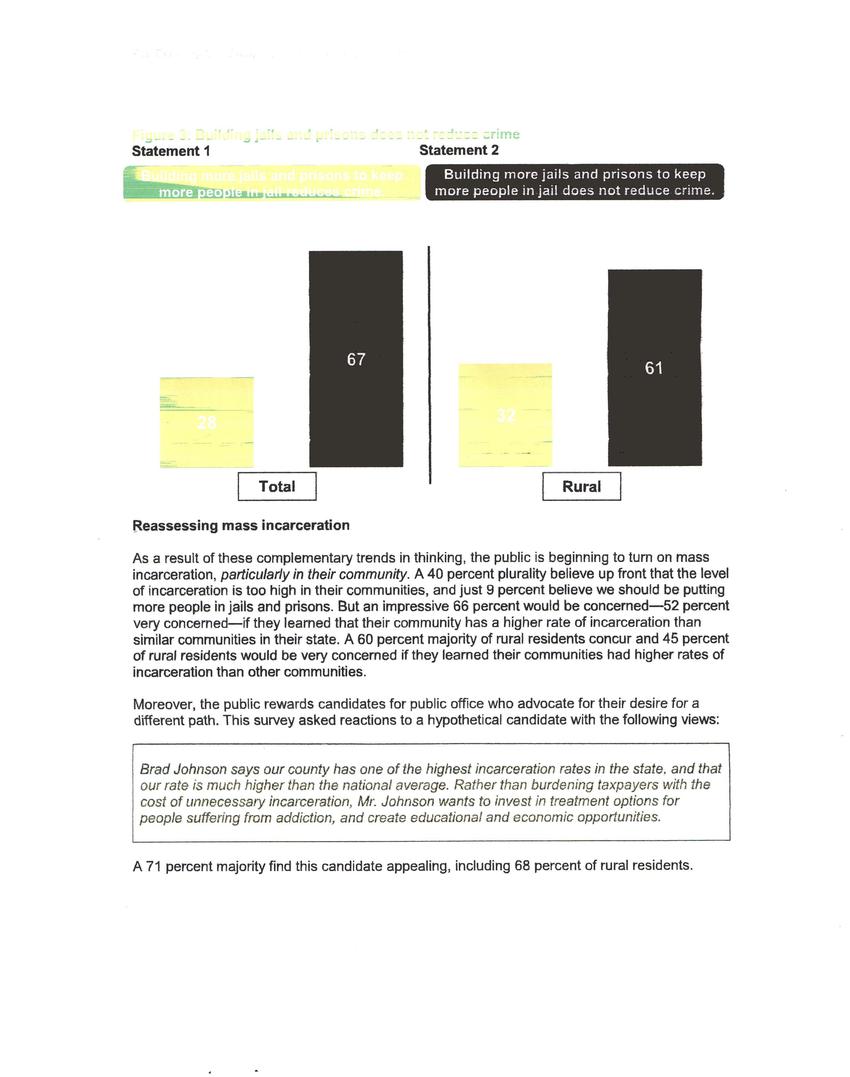
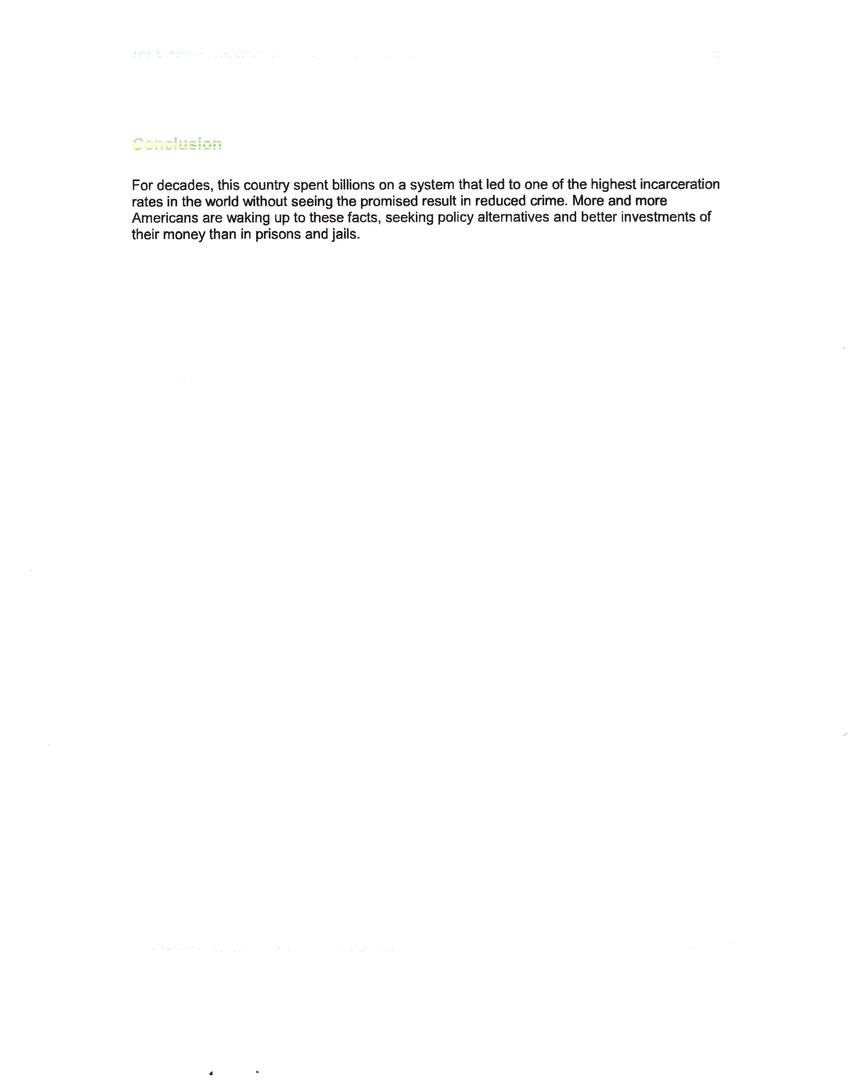
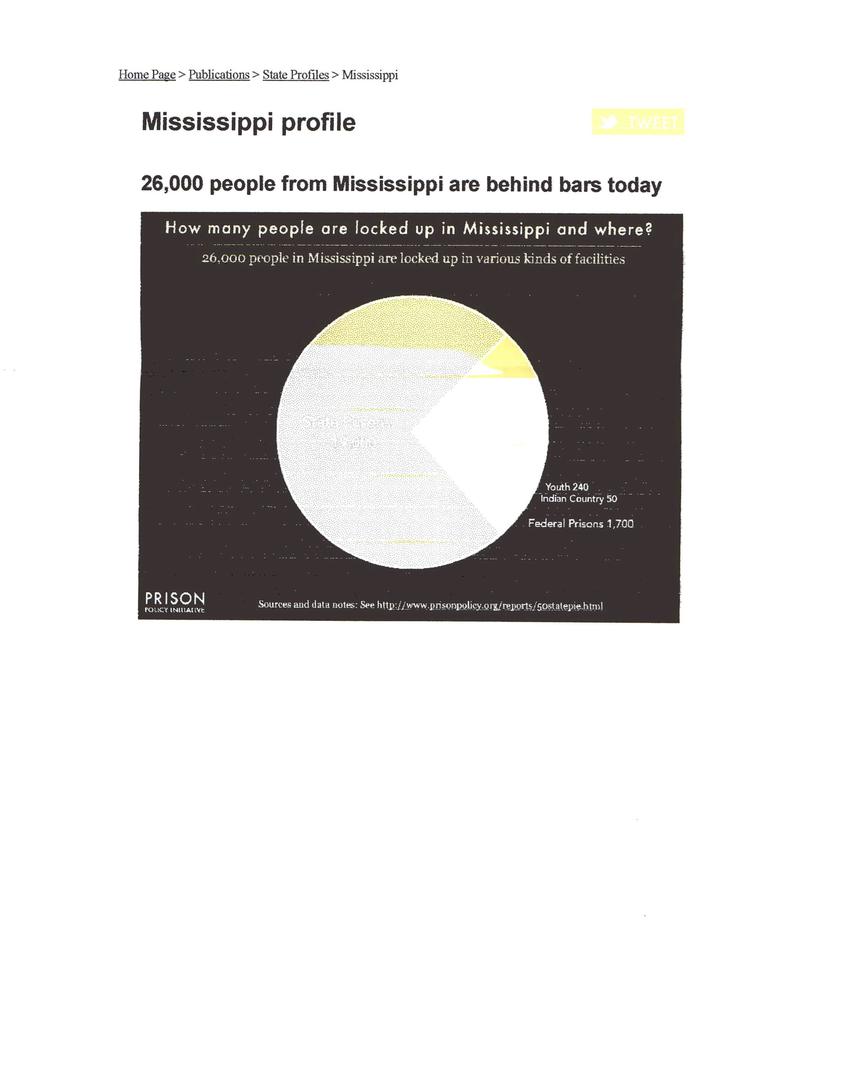
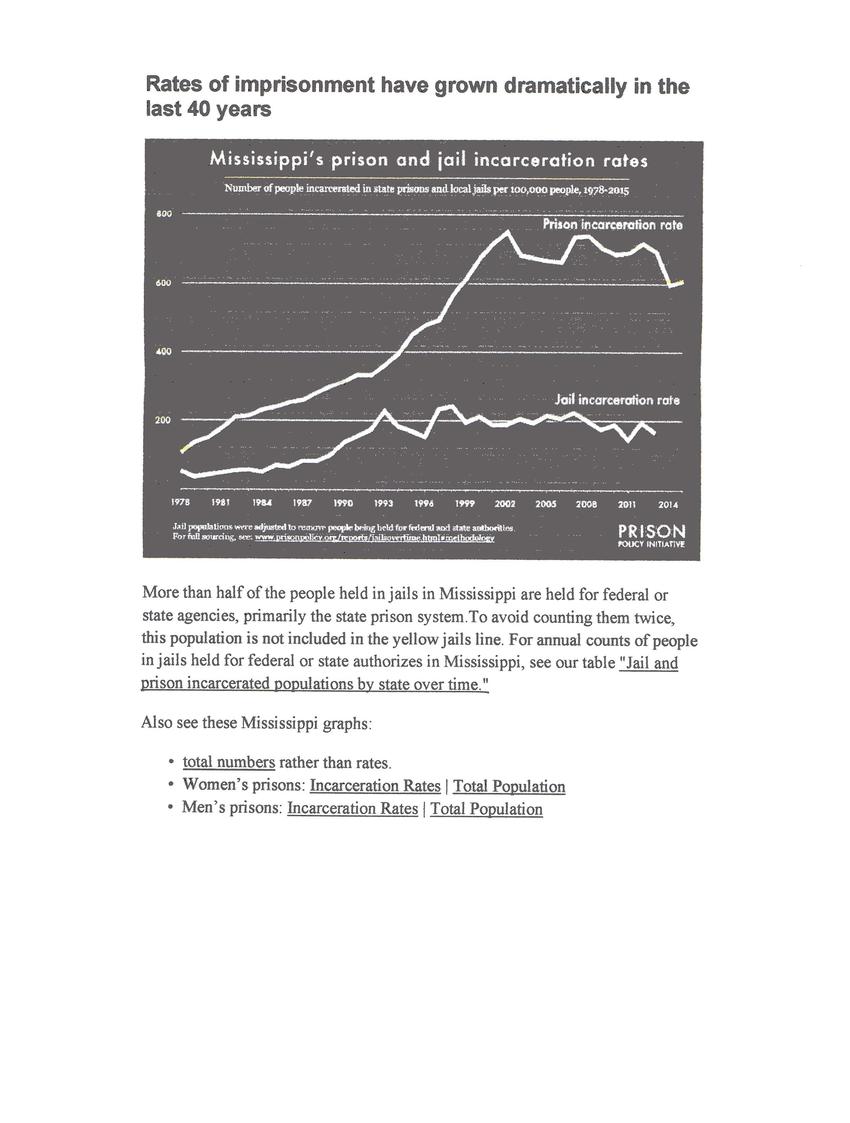
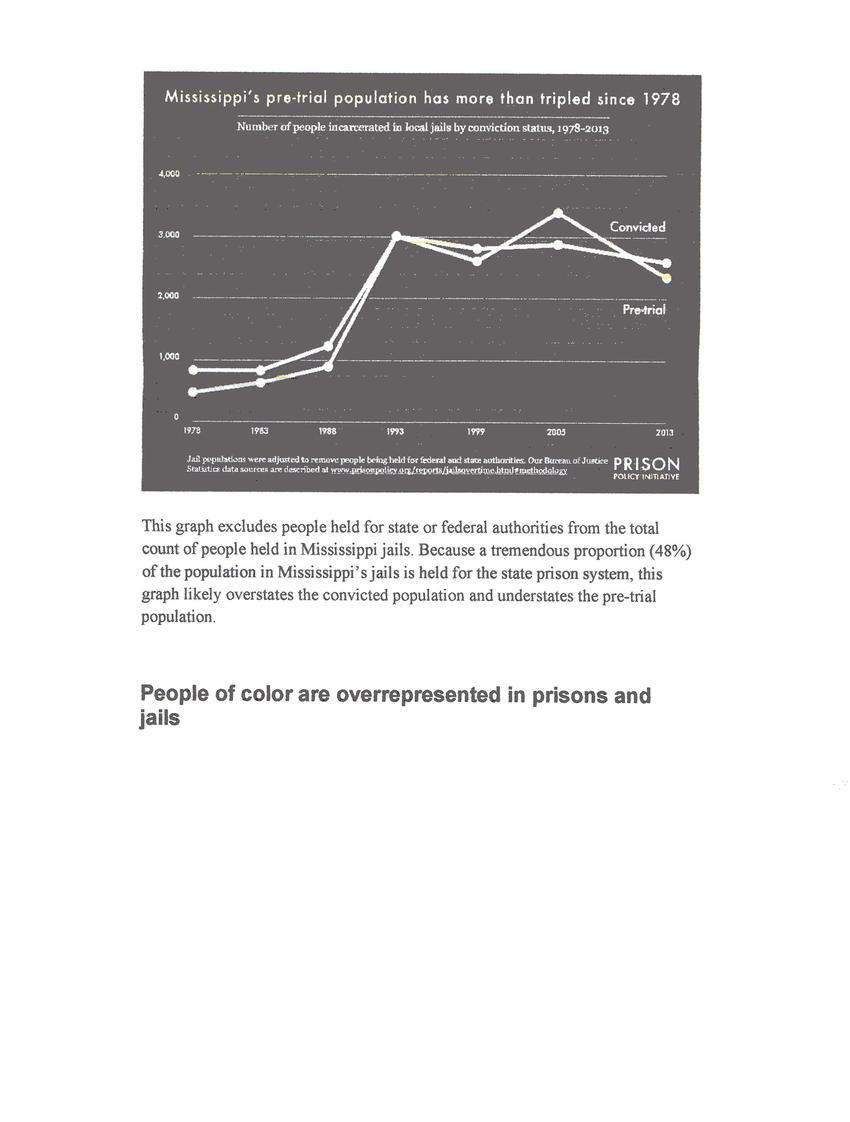

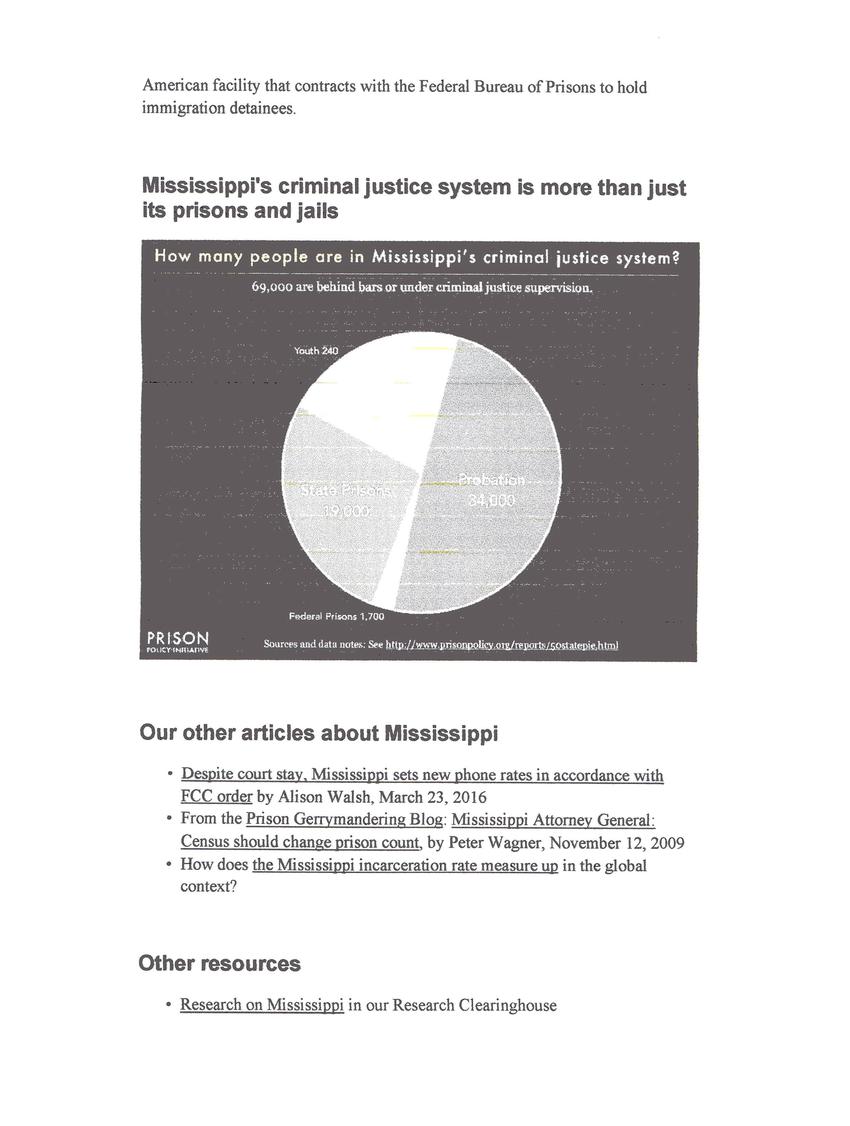

Replies